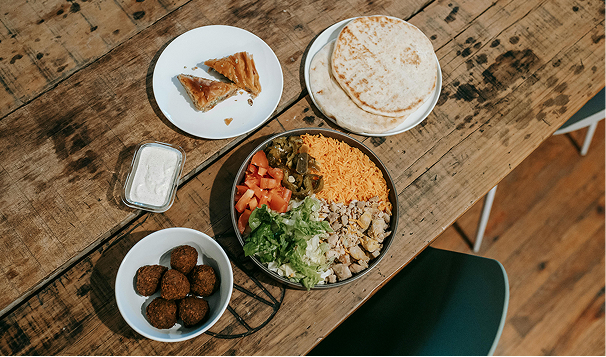
Top Insights on Balanced Diet: Benefits, Recipes, and Expert Advice
Eating a balanced diet is essential for your health and well-being. It fuels your body, supports your immune system, and helps maintain a healthy weight. But what does a balanced diet look like? Let’s break it down.
Key Components of a Balanced Diet
- Fruits and Vegetables: Aim for at least five portions a day. Choose a variety of colors and types to ensure you get a range of nutrients. Fresh, frozen, or canned options all count—just watch out for added sugars or salt.
- Proteins: Include lean meats, fish, eggs, beans, and nuts. Fish is particularly beneficial—aim for two portions a week, including one oily fish like salmon or mackerel. Plant-based proteins, like lentils and chickpeas, are great alternatives.
- Carbohydrates: Focus on whole grains like brown rice, whole wheat bread, and oats. These provide energy and fiber, which aids digestion. Limit refined carbs like white bread and sugary snacks.
- Dairy or Alternatives: Choose low-fat or fat-free options when possible. If you’re lactose intolerant or vegan, look for fortified plant-based alternatives like almond or soy milk.
- Fats: Not all fats are bad. Include healthy fats from sources like avocados, olive oil, and nuts. Limit saturated fats found in butter and fatty cuts of meat. Avoid trans fats found in many processed foods.
Practical Tips for Healthy Eating
- Plan Your Meals: Take time each week to plan your meals. This helps you make healthier choices and avoid last-minute junk food runs.
- Read Labels: Get into the habit of checking food labels. Look for added sugars, salt, and unhealthy fats.
- Stay Hydrated: Drink plenty of water throughout the day. Sometimes, we confuse thirst with hunger.
- Mind Your Portions: Use smaller plates to help control portion sizes. This simple trick can prevent overeating.
- Cook at Home: Preparing meals at home allows you to control ingredients and portion sizes. Experiment with new recipes to keep things interesting.
Easy Recipes to Try
- Vegetable Stir-Fry: Toss your favorite vegetables in a pan with a bit of olive oil, garlic, and soy sauce. Serve over brown rice or quinoa.
- Chickpea Salad: Mix canned chickpeas, diced cucumbers, tomatoes, and a squeeze of lemon. Add herbs like parsley for extra flavor.
- Oatmeal Bowl: Start your day with oatmeal topped with fresh fruits, nuts, and a drizzle of honey.
Engage with Your Food
Ask yourself: What do you enjoy eating? How can you incorporate more of those foods into a balanced diet? Experiment with flavors and textures. Try new fruits or vegetables each week. This keeps your meals exciting and nutritious.
Listen to Your Body
Pay attention to how different foods make you feel. Do you feel energized after a healthy meal? Or sluggish after a heavy one? Your body knows what it needs. Trust it.
Eating a balanced diet doesn’t have to be complicated. Focus on variety, moderation, and making informed choices. Start small. Make one change this week. Maybe add an extra serving of vegetables or try a new recipe. Your body will thank you.